Description
hardware flow control. It is an ideal choice in the field of industrial automation.
Nine Questions and Answers on Common Faults in ABB Industrial Robot Applications
Question 1: Under what circumstances do I need to back up my robot?
Answer: 1. After the new machine is powered on for the first time.
2. Before making any modifications.
3. After completing the modification.
4. If the robot is important, conduct it regularly once a week.
5. It is best to make a backup on a USB flash drive.
6. Delete old backups regularly to free up hard drive space.
Second question: What does the alarm message 10106 maintenance time reminder mean when the robot appears?
Answer: This is the intelligent periodic maintenance reminder of ABB robots.
Question 3: What should I do if the robot enters a system failure state when it is powered on?
Answer: 1. Restart the robot.
2. If it doesn”t work, check whether there is a more detailed alarm prompt on the teaching pendant and handle it.
3. Restart.
4. If it still cannot be lifted, try B startup.
5. If it still doesn’t work, try P startup.
6. If it still doesn’t work, try I startup (this will return the robot to factory settings, be careful).
Question 4: Can robot backup be shared by multiple robots?
Answer: No, for example, the backup of robot A can only be used for robot A, not robots B or C, because this will cause system failure.
Five questions: What files can be shared in the robot backup?
Answer: If the two robots are of the same model and configuration. You can share RAPID programs and EIO files, but they must be verified before they can be used normally.
Question 6: What is the mechanical origin of the robot? Where is the mechanical origin?
Answer: The six servo motors of the robot have a unique fixed mechanical origin. Incorrectly setting the mechanical origin of the robot will cause problems such
as limited movement or malfunction of the robot, the inability to walk in a straight line, etc., and serious damage to the robot.
Question 7: How to cancel the robot 50204 motion monitoring alarm?
Answer: 1. Modify the robot action monitoring parameters (control panel – action monitoring menu) to match the actual situation.
2. Use the AccSet command to reduce the robot”s acceleration.
3. Reduce the v_rot option in the speed data.
Eight questions: What should I do if the robot alarms “50296, SMB memory data difference” when it is powered on for the first time?
Answer: 1. Select calibration in the ABB main menu.
2. Click ROB_1 to enter the calibration screen and select SMB memory.
3. Select “Advanced” and click “Clear Control Cabinet Memory” after entering.
4. Click “Close” when finished, then click “Update”.
5. Select “The control cabinet or robot has been exchanged, and the control cabinet is updated using SMB memory data.”
Question 9: How to customize the speed of robot trajectory in the RAPID program?
Answer: 1. Select program data in the main menu of the teaching pendant.
2. After finding the data type Speeddata, click New.
3. Click on the initial value. The meanings of the four variables of Speeddata are: v_tcp represents the linear operating speed of the robot, v_rot
represents the rotational operating speed of the robot, v_leax represents the linear operating speed of the additional axis, v_reax represents the rotational
operating speed of the additional axis, if there is no additional axis, then No need to modify the two.
4. The customized data can be called in the RAPID program.
https://www.xmamazon.com
https://www.xmamazon.com
https://www.plcdcs.com/
www.module-plc.com/
https://www.ymgk.com
1C31132G01 Ovation analog output personality module
1C31129G03 Ovation 0-20mA analog output electronic module
1C31125G02 Ovation switch output feature module
1C31122G01 Ovation switch quantity output electronic module
1C31116G04 AI PMODanalog Input WITH PMOD Thermocouple Input feature module
1C31113G05 Ovation module +/-5VDC/0-20mA analog input electronic module
1C31113G04 Ovation module +/-1VDC analog input electronic module
1C31113G03 Ovation module +/-100mV Analog input electronic module
1C31113G02 Ovation analog input electronic module
1C31113G02 Ovation module +/-50mV analog input electronic module
1B30035H01 I/O PROCESS CONTROL BASE
1B30023H02 INPUT/OUTPUT BUS TERMINATOR
1B30023H01 I/O Bus Terminator
ABB PU512V2 3BUR001401R1 PU512V2 MasterBus 300 Interface
TRICONEX 3806E Analog Output module
ENTERASYS A2H124-24FX switchboard
GE HYDRAN M2 Transformer monitoring equipment
GE IS420UCSBH1A UCSB controllers
GE DS200SIOBH1ABA I/O Control Board
IC698CMX016-ED VMIVME-5567-000 RX7i Control Memory Xchange 16MB Memory
GE VMIVME-4140 16-Channel 12-bit Analog Output Board
GE VMIVME-3113A 12-bit analog to digital conversion module
ABB PP820 3BSE042243R1 Panel 800 5.1 » Control System Accessories
LDMUI-001 61320946C Current source analog output module
ABB 216AB61 HESG324013R100/H Binary O/P unit
ABB 216VC62a HESG324442R112/F Processor unit
ABB UAC389AE02 HIEE300888R0002 Robot parts
DSAI130D 3BSE003127R1 MasterPiece 200 and 200/1 » I/O Modules
HVC-02B 3HNA024966-001/03 Robot parts
3ASC25H214 DATX130 Spares and Consumables » Parts
5SHX1060H0003 3BHB020538R0001 3BHE024415R0101 GVC714A101
5SHX1445H0002 3BHL000387P0101 IGCT module
FM9925A-E HIEE45116R000 ABB
NEW CSA464AE HIEE400106R0001 High voltage frequency converter module
GCD207B101 3BHE024642R0101 High voltage frequency converter module
GDD471A001 2UBA002322R0001 High voltage frequency converter module
PM860K01 3BSE018100R1 PM860 Processor Unit Kit
PM860A 3BSE018110R1 Processor Module
PM860 3BSE018110R1 Processor Module
PM856K01 3BSE018104R1 AC 800M Processor Module
PM856AK01 3BSE066490R1 AC 800M Hardware 5.1 » Central Units
PM856 3BSE018128R1 Processor Module
PM851K01 3BSE018168R1 AC 800M Hardware 5.1 » Central Units
PM851AK01 3BSE066485R1 AC 800M Hardware 5.1 » Central Units
PM825 3BSE010796R1 Advant Controller 160 Version 2.2 » Central Units
PM810V2 3BSE013220R1 AC70 Processor Module
PM810V1 3BSE00850R1 AC70 Processor Unit
PM810 3BSE008500R1 AC70 Processor Module
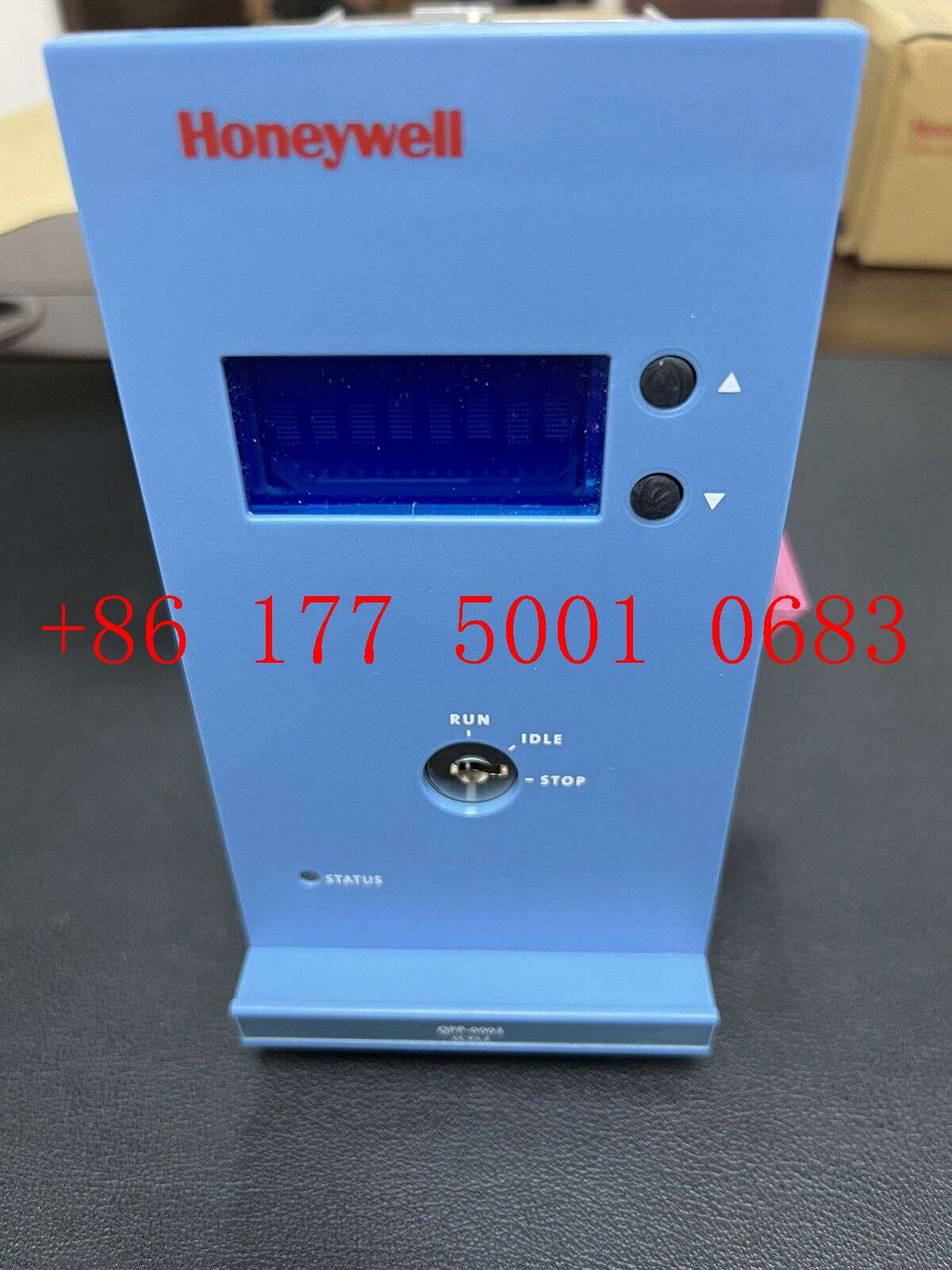
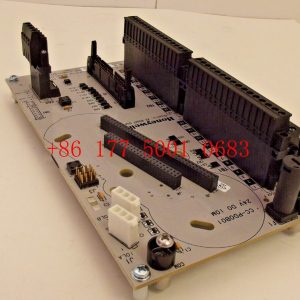
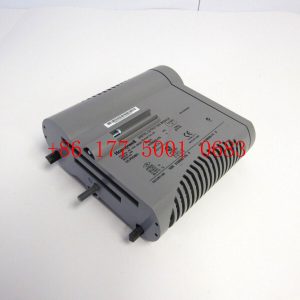
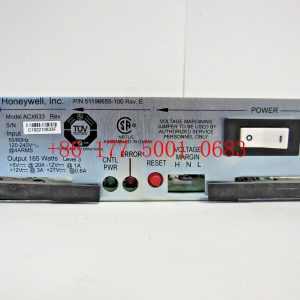
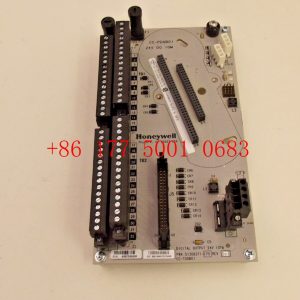




Reviews
There are no reviews yet.